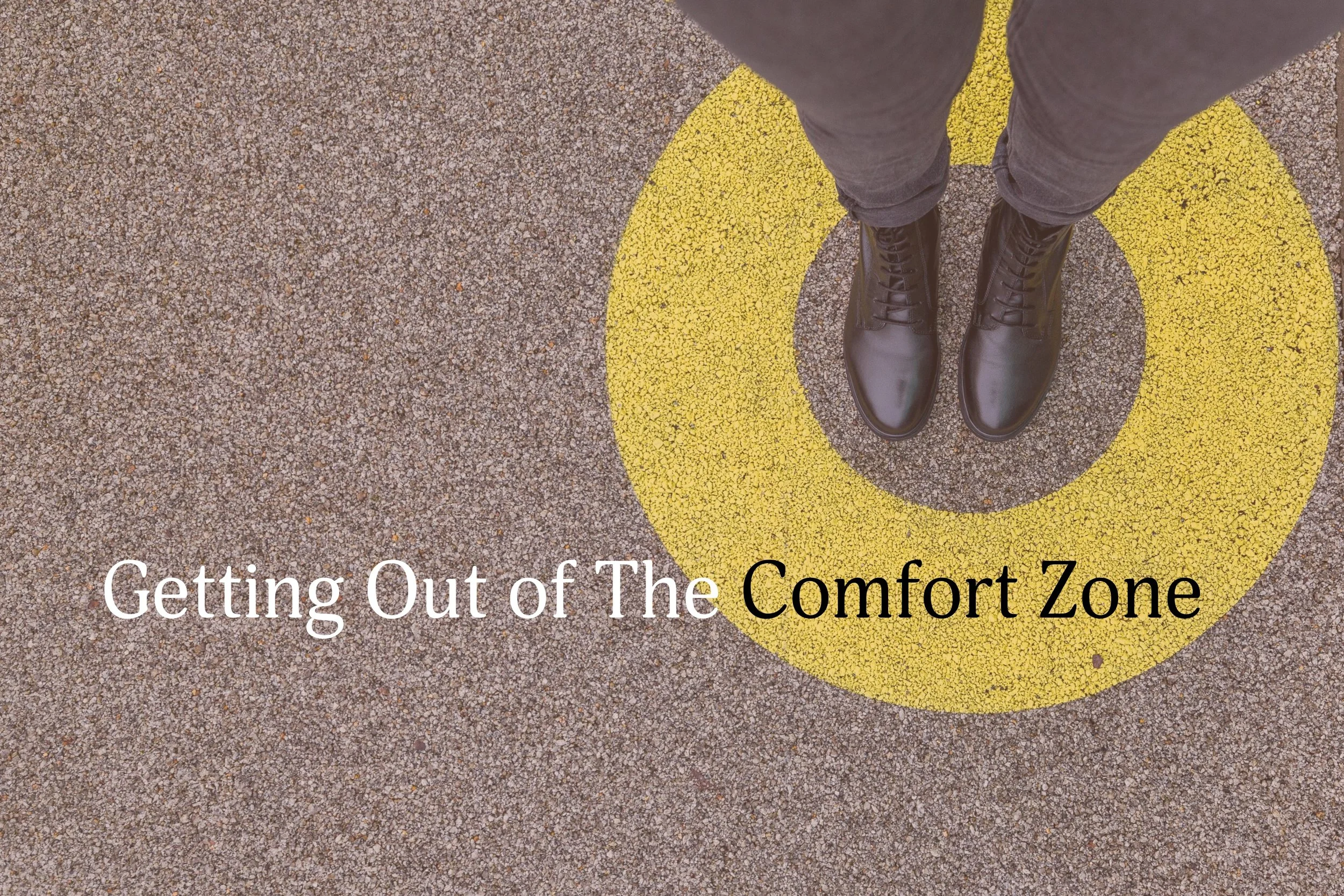team performance: why psychological safety matters
We’ve all heard the call to step out of our comfort zones to thrive and achieve. But what about the environment in which we step in – how safe does it feel ?
In workplaces, we've all encountered situations where it feels safer to remain silent than to voice a concern. Instances like the Columbia Shuttle disaster, the Volkswagen diesel-engine debacle, or other similar cases demonstrate that sometimes silence isn't golden—it can have severe consequences. Conversely, speaking up in the face of danger can sometimes save lives.
In today's economy, where innovation and collaboration are paramount for success, having psychologically safe work environments isn't just a nice-to-have—it's absolutely vital for companies striving for innovation. Why? Simply hiring the best employees isn't enough anymore. It's imperative that they actively contribute their talents and work together to achieve ambitious goals.
While we're often encouraged to venture beyond our comfort zones in order to thrive and succeed, how safe is it for us to step out of our comfort zones? So, what happens when we find ourselves in a psychologically unsafe environment?
As humans, we're wired to react to immediate or contextual threats. When faced with real or perceived danger, our brains shift into survival mode, known as the "fight-or-flight" response. In the workplace, we've all encountered toxic politics, which can be likened to various stress responses—sometimes even working together to create a false sense of safety. What triggers them? Research indicates that the root cause is often interpersonal fear. In response to a perceived threat, people commonly choose to “fight”, “flee”, or “freeze”:
Some choose to "fight" the danger to their "survival" in the workplace by engaging in office politics: undermining colleagues, forming alliances, and undermining others' credibility and influence.
Others might seek refuge in the company of powerful figures or refrain from voicing dissenting opinions or stepping outside their comfort zones.
Some may opt for a safety net by remaining “invisible”: doing exactly what's expected, no more, no less.
Should these primary strategies fail, individuals may resort to "fawning" or "flopping" behaviors: either becoming overly agreeable and flattering, or entirely disengaging.
Amy Edmondson, Novartis Professor of Leadership and Management at the Harvard Business School, defines psychological safety as an emerging quality of a team, emphasising that it's not dependent on personal characteristics like introversion or extraversion. Team psychological safety is the shared belief among team members that it's perfectly acceptable to take risks, voice ideas and concerns, ask questions, and admit mistakes—all without fearing negative consequences.
What would happen if we felt less threatened by workplace dynamics? We'd release the automatic, often subconscious stress responses, and feel secure enough to step out of our comfort zones. We'd let go of the survival mode and embrace a thriving mindset instead. Our focus would broaden, and we'd be open to collaborations, willing to learn from our failures, propose initiatives, engage in teamwork, and envision new possibilities.
This is how we enter the learning zone—the gateway to the growth zone, where innovation thrives.

